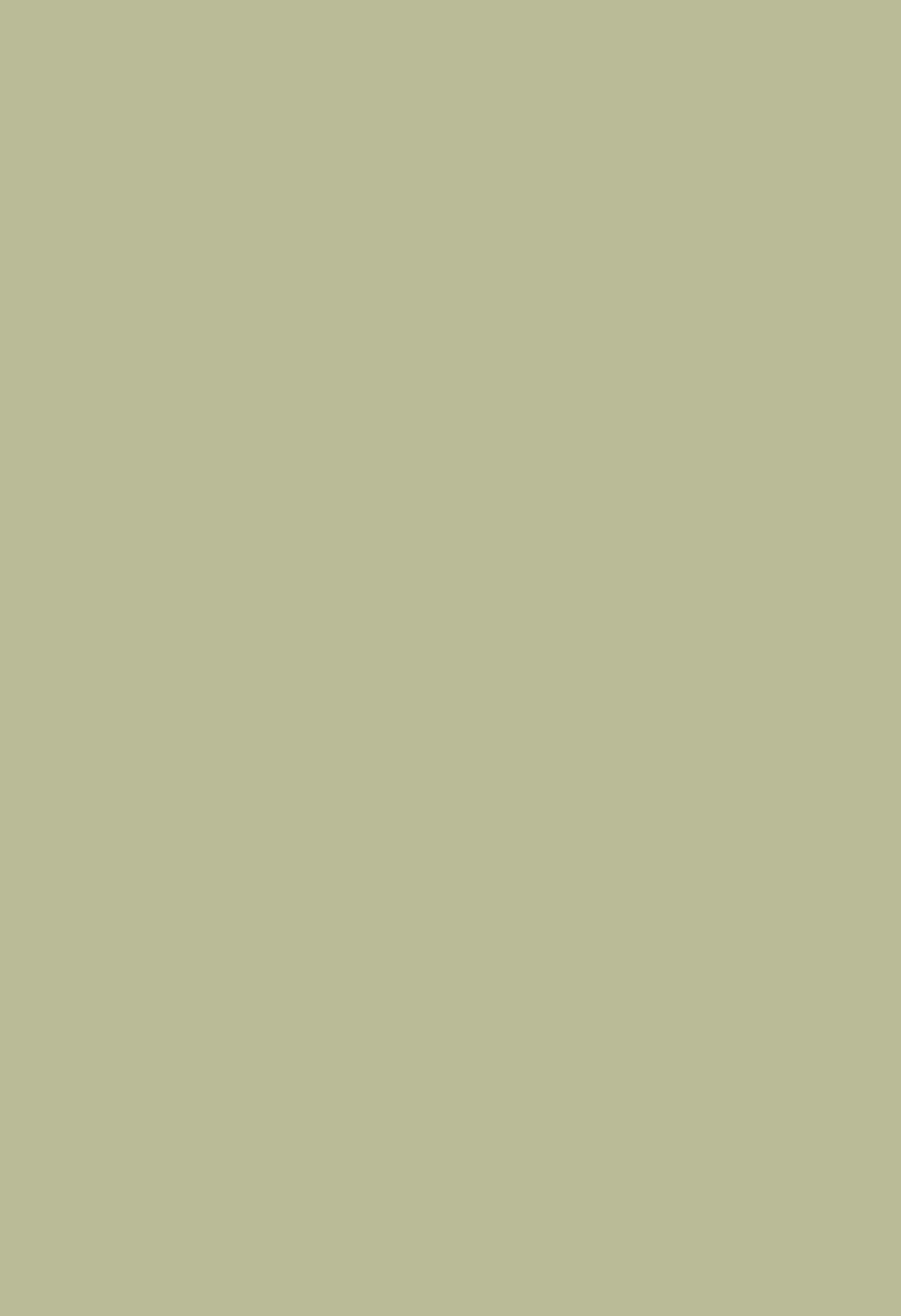
education at the Académie Julian (where Twachtman also studied, from 1883
to 1885.) John Henry Twatchman (1853-1902) initially studied in Cincinnati,
where he was born, before sojourning to Munich at the suggestion of his
teacher at the McMicken School of Design, the Whistler devotee Frank
Duveneck. Twatchman returned from Europe and, in 1879, met Julian Alden
Weir; they remained close friends throughout their lives (in 1889, the two
artists held a joint exhibition and sale of their works at the Ortgies Gallery
in New York.)
Julian Alden Weir (1852-1919) enrolled at the National Academy School in New
York at the age of 18. From 1873 to 1877, he studied in Europe, at one point in
Paris with Jean-Léon Gérôme at the École des Beaux-Arts. In 1912, Weir was
elected President of the Association of American Painters and Sculptors, a
position that ended abruptly when Weir realized the Associations intentions
to operate in opposition to the National Academy of Design, to which he had
strong loyalties. Of the three founders of The Ten, Weir remained the most
conservative and exhibited the strongest initial distaste for Impressionism,
which he dubbed, “Worse than the Chamber of Horrors,” referring to the
infamous Cubist Room in the Armory Show. Weir also developed his
Impressionist style more gradually than Hassam and Twachtman, easing with
care and deliberation into the new style.
As was common for artists of the generation, members of The Ten spent
time studying in Paris. Twachtman sojourned to the French capital in 1883,
continuing his artistic studies at the Académie Julian under Gustave
Boulanger and Jules-Joseph Lefebvre, along with fellow Ten members
Hassam, Metcalf, Benson, Tarbell and Reid. These artists devoted themselves
to exploring painting techniques influenced by the avant-garde style of the
Impressionist Salon de Refusés artists, notably Manet and Whistler, who
were in full swing in Paris during the 1860s and 1870s. In addition to lengthy
stays in Europe, many American Impressionists also owned country retreats
in America where they escaped the city and paint
en plein air
. Weir had a
farm in Branchville, Connecticut, which was frequented by many of his
colleagues, including Hassam and Twachtman. Twachtman also had property
in the country, in Greenwich, Connecticut.
Hassam exhibited six oils and ten pastels at the show. Twachtman only
exhibited two paintings, one of which,
Hemlock Pool
, was widely praised by
critics. Weir sent seven oil paintings in addition to several etchings and
watercolors. The members of The Ten who exhibited at the Armory Show
received praise from the more conservative critics, but in general were
overlooked by the press and most of the critics. Their paintings were tame
and felt obsolete in comparison to the more cutting edge, modern European
works. During the New York installment of the Armory Show, Hassam
lamented to his Impressionist artist friends about the waning interest in the
works that The Ten were producing.


